(Jeongwol Daeboreum) Wholesome Bonfires & Wishes under the Full Moon!
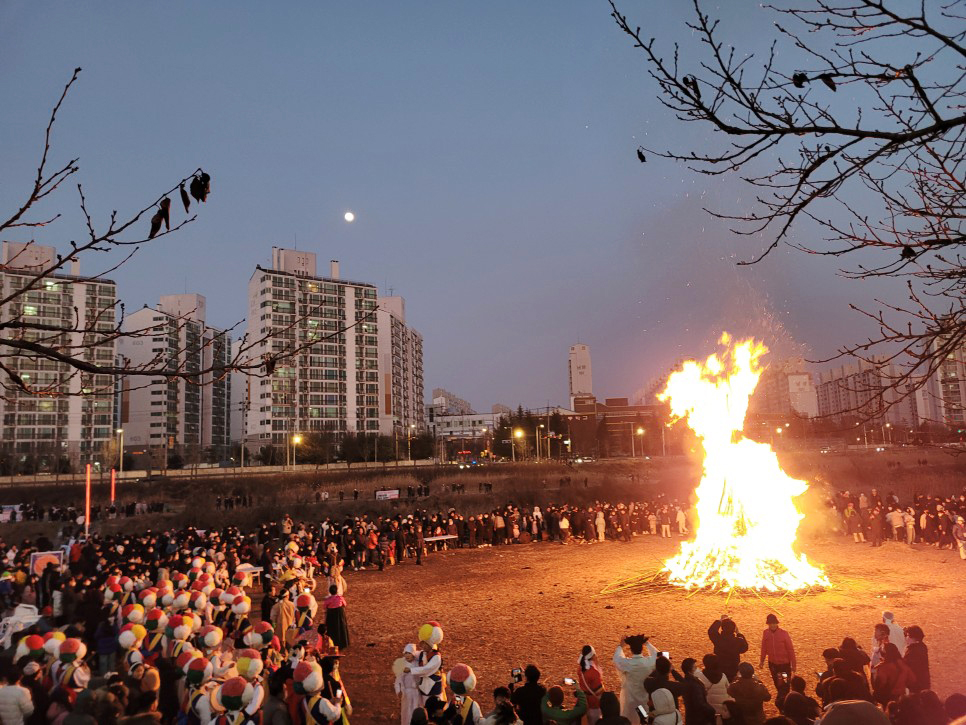
‘Jeongwol Daeboreum.’
I know – it’s tough to spell, but get ready for another stunning facet of Korean culture. Engage in one of our favorite seasonal rituals on the first full moonlight of Lunar New Year! Feast on Bureom, Ogokbap, ‘ear-quickening wine’, and other delicacies while chanting “My heat, your heat!” to “sell” your “heat” before the summer heat waves hit you! There’s also and Jwibullori and ‘sheaf burning(bonfire)’ on which you can feast your eyes as well.
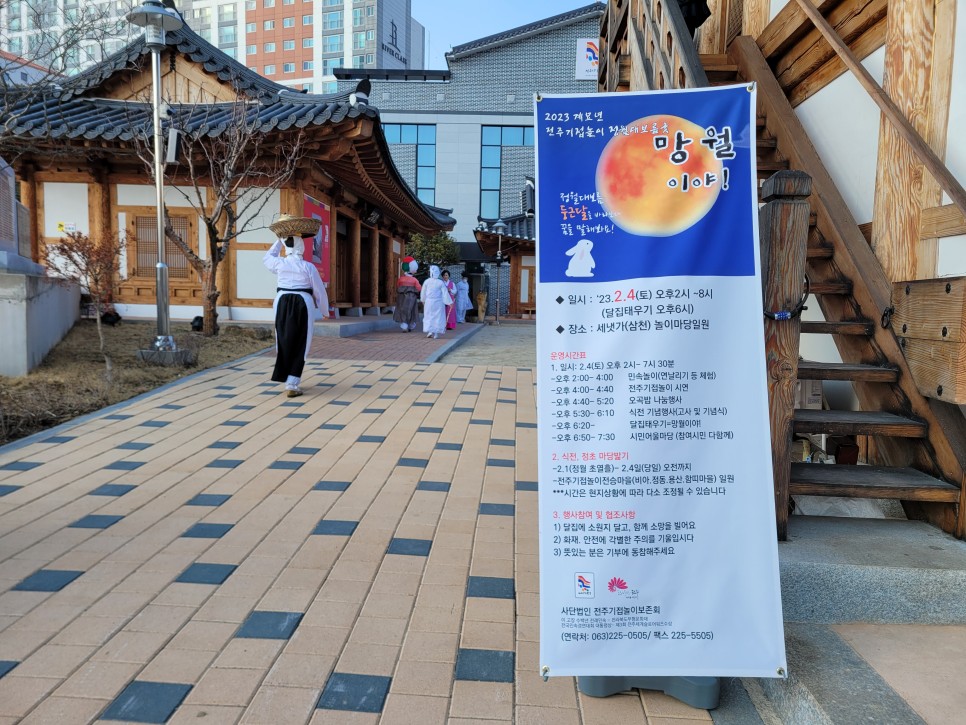
On February 4th, for the first time since 2019 (COVID…), people gathered at Samcheon Riverside Playgrounds for Jeongwol Daeboreum, where they wished for their families’ luck and health.
‘Jisinbapgi’ literally means “stepping on the ground gods.” It’s a custom in which Nongak (Korean agricultural music) bands and villagers march from house to house, perform rituals, and step on the “ground gods” to wish everyone a happy and healthy New Year. From February 1st to February 4th, the entire village of Bia, Jeongdong, Yongsan, and Hamti was buzzing with locals performing ‘Jisinbapgi’ on their grass yards. Thanks to them, the harvest will be very plentiful this year!
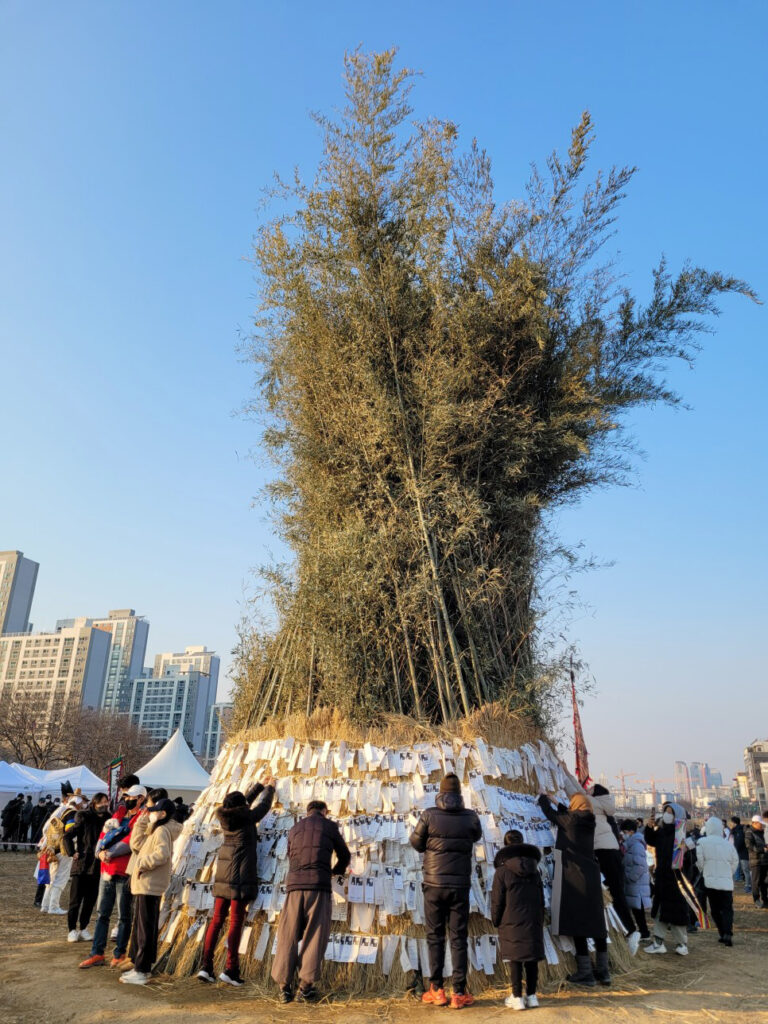
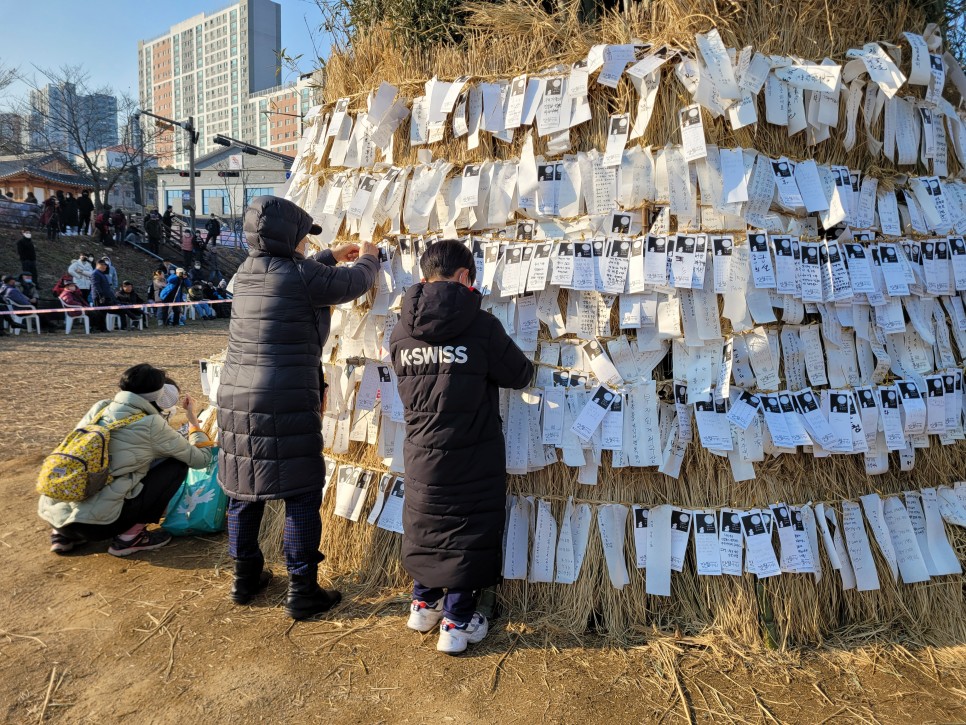

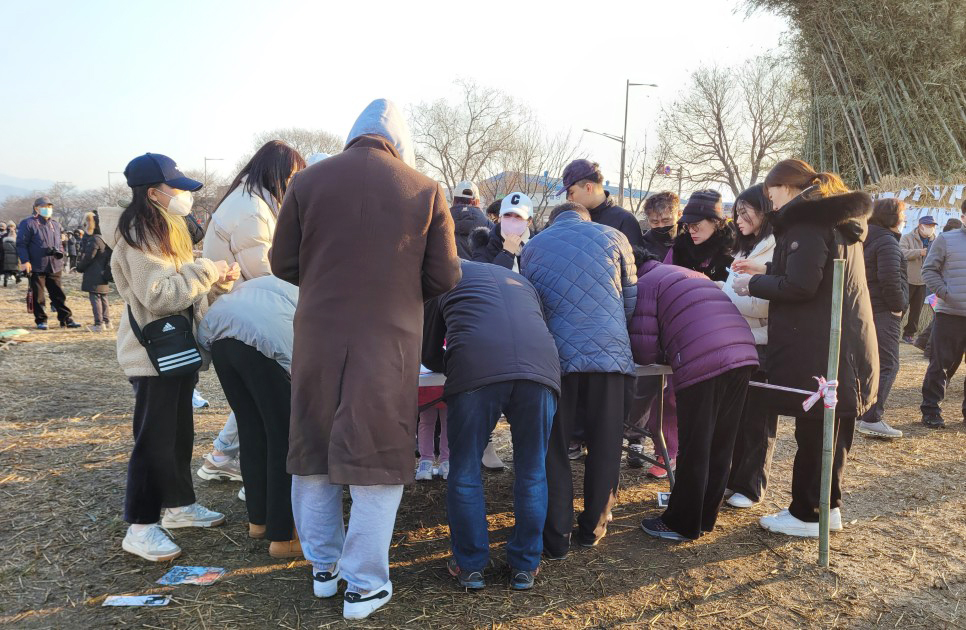
Next, as you approach Samcheon Riverside, you’ll notice a massive stack of branches. (That’s the sheaves, which I’ll get into later, so hang on tight!) The Jeonju Kijeopnori Center echoed with agricultural music(Pungmul) that day. New Year Wishes were written on scraps of paper and stuffed into the sheaves. Families huddled together to write their own wishes on the slips of paper, which they would later wish for while gazing at the full moon. Rediscover your authenticity in this cute, wholesome Korean ritual!
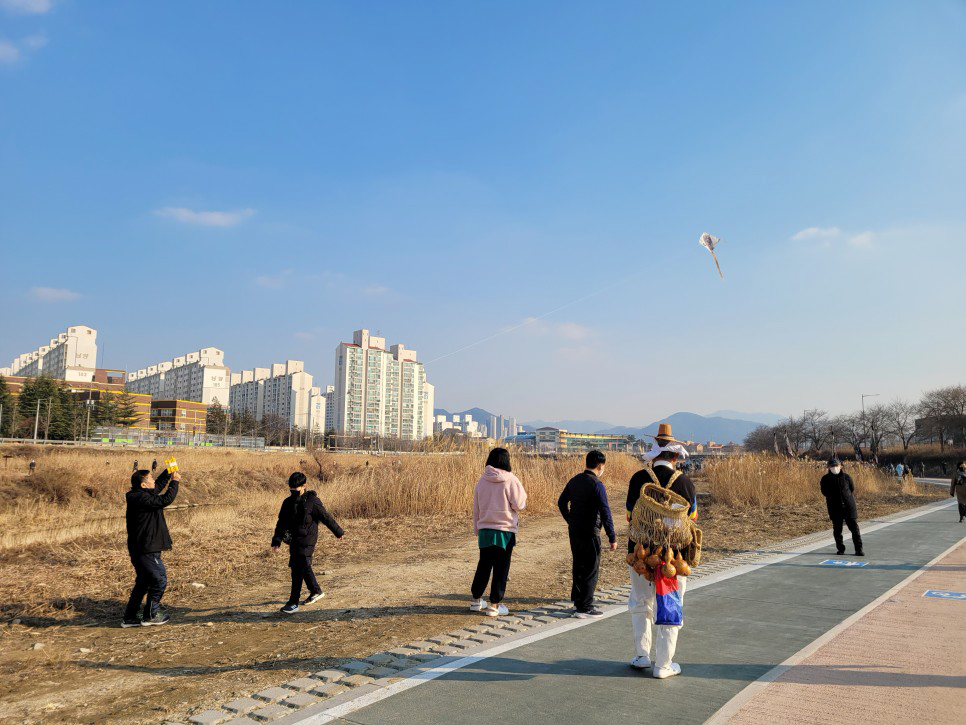
As a kite floats high above the sky, the hand holding the reel works tirelessly. Kite flying is a long-held folk tradition that begins on the first day of the lunar new year and continues until the moon becomes full. On the last day, the 15th, the letter ‘厄(bad luck)’, ‘送厄(sending off bad luck)’ or ‘送厄迎福(out with the bad, in with the good)’ is written on the kites before we cut the strings and release them into the night, just like in the movie <Tangled>!
Our hearts are filled with peace as we set free our hopes and dreams into the moonlit sky, surrounded by loved ones.
Along with the cheerful sound of Nongak, a fluttering flag ensembles a dragon flying through the sky. As the ‘Jeonju Kijeopnori’ team gathers at the Riverside, the people waving the dragon flag exude majesty. People are scurrying around the sheaves, giddy with excitement.
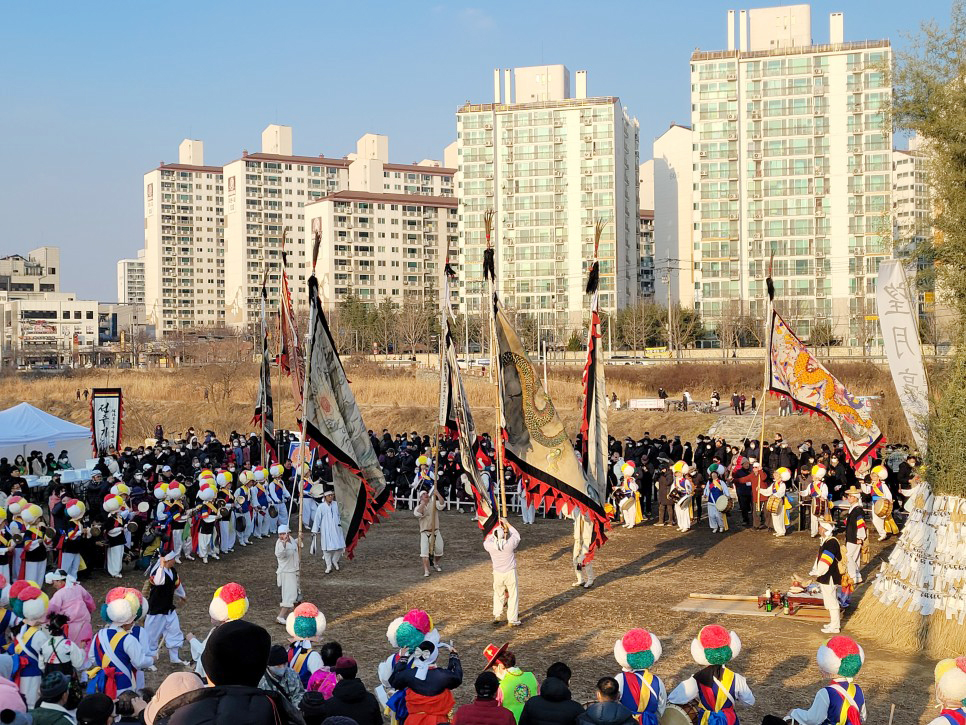
For non-Korean folks, allow me to briefly introduce this ‘Jeonju Kijeopnori’.’Jeonju Kijeopnori’ is a long-standing communal festival with its roots in Samcheon-dong and Pyeonghwa-dong in Jeonju. On Baekjung Day, people from each village get together to drink at each other’s invitation(Soolmaegi) and make a solemn pact to remain united. This is known as “Jeonju Kijeopnori,” and it has great symbolic significance.
We established the ‘Jeonju Kijeopnori’ Preservation Society in 1998 to spread the precious cultural value of ‘Jeonju Kijeopnori,’ and we received the Presidential Award (2016) for our ongoing efforts. Furthermore, we have kept its relevance by winning the 3rd World Slow Awards (2019) and being designated as a ‘Jeollabuk-do Intangible Cultural Heritage’ No. 63. (2018). So, get ready to feel inspired by the breathtaking sights of “Jeonju Kijeopnori”! Its unrivaled authenticity always prompts joy and admiration for our treasured culture.
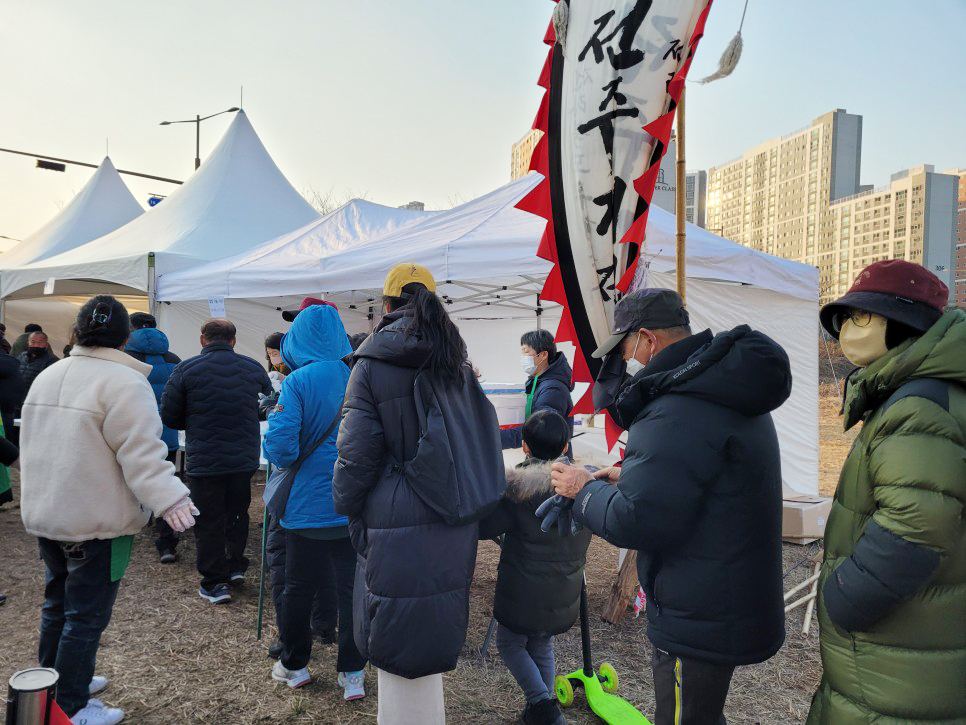
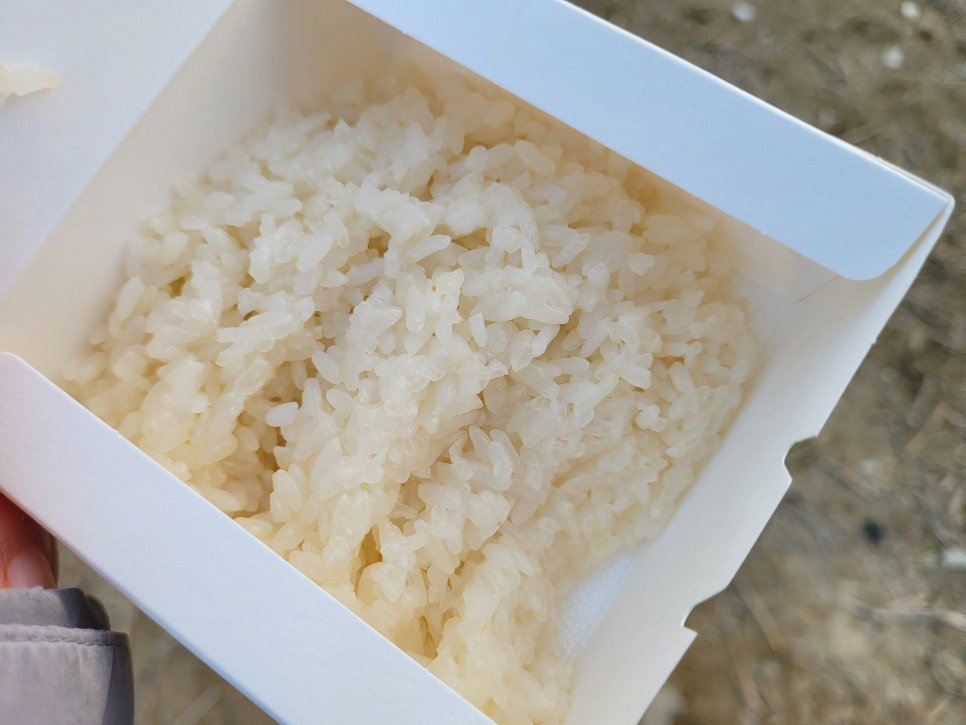
Now, back to the rituals. After the ‘Jeonju Kijeopnori,’ it’s time for the sharing of Ogokbap(five-grain rice)!!! The Ogokbap symbolizes our hopes for a bountiful harvest. People gathered together to share bowls of hot, glutinous rice, as they wished for peace and happiness for each other. A truly wholesome experience to enjoy while waiting for the next big ceremony!
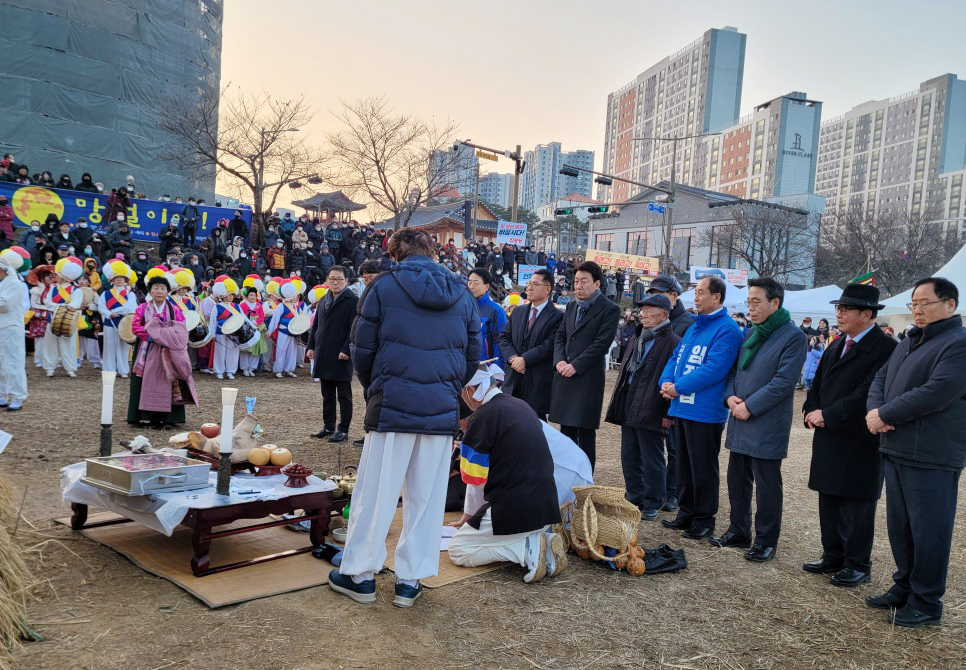
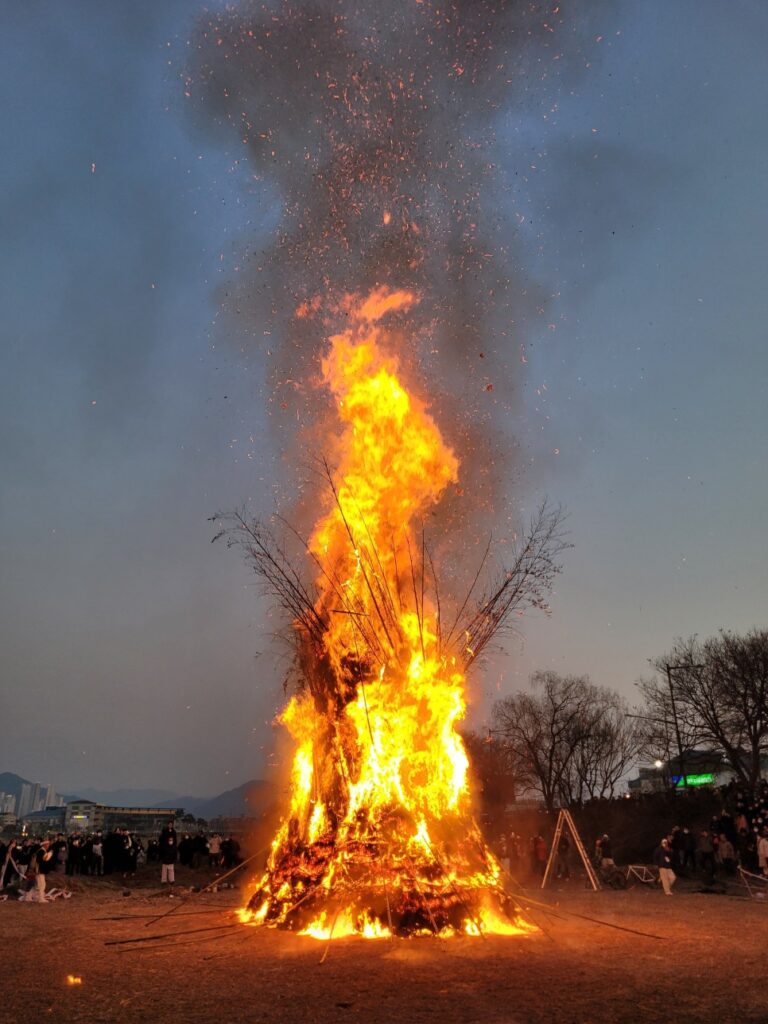
After the pre-ceremony festivities began the main ceremony, called “Burning Sheaves” (Note: Koreans call it “Moon House,” how cute! :3 ), which began in time for the full moon. In order to ward off evil spirits and grant wishes, people burn sheaves for harvest season. If the “moon house” burns steadily and fully, it will be a bountiful harvest; if it quickly fizzles out, it will be a disappointing one.
The citizens’ sincere wishes were written on pieces of paper and hung in the sheaves, or stacks, of bamboo. The sky is illuminated with the full moon and the blaze of the bonfire.
Together with the people gathered by the Riverside, we yelled “Mangwol(Full Moon!),” cast our misfortunes into the flames, and prayed for a lifetime or luck. Warm yourself by the bonfire(but don’t get too close!) and gaze at the flames, and chat with the locals!

Jeongwol Daeboreum.
Partaking in the seasonal rituals, wishing good fortunes and enjoying the bonfire with fellow citizens. ‘Mangwolhyeongtong'(Wish you the best of luck)! I made a wish to the full moon, and I believe it will come true this year. I hope 2023 is a great chapter for you!
-
Bapi Mukherjee

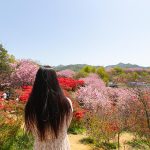
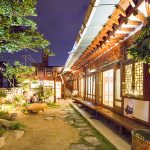

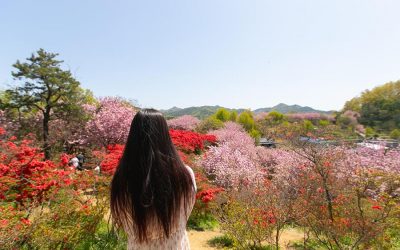

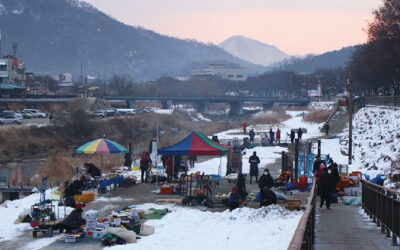
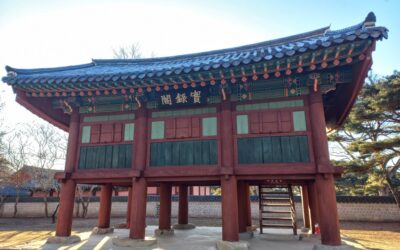
Recent Comments